After a long period of discussion, in April 2023, the United States and NATO countries delivered two Patriot surface-to-air missile systems (SAMs) to Kiev. In addition, the Pentagon has repeatedly added Patriot missiles to recent military aid packages.
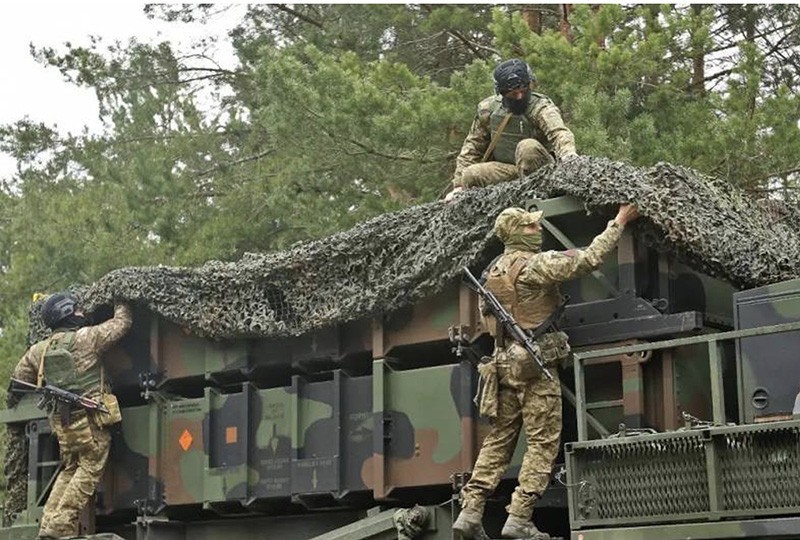 |
| Patriot launcher in Ukraine. (Source: Thedrive.com) |
Initially, details of the quantity and type of goods delivered were not disclosed due to concerns that such information could be used against the enemy. However, information about the contents of the supply package could not be kept secret.
From August 8-10, 2023, at the annual Space and Missile Defense Symposium held in Huntsville, USA, the Pentagon's Space and Missile Program Executive Office addressed the topic of providing weapons and equipment to Ukraine.
The office listed products delivered to Kiev since 2022, including two Patriot batteries. Each battery includes the AN/MSQ-104 Engagement Control Station (ECS), the AN/MPQ-65 radar station, the M902/903 launchers, and the EPP-III diesel power station (EPP). PAC-2 missiles with GEM, GEM-C, and GEM-T variants, as well as the newer PAC-3 generation, have been delivered in quantities in the triple digits. Each missile is worth $3 million. The size of a Patriot battery is 70-90 people, and the unit price of a Patriot battery is about $1.1 billion. The United States currently has a total of 15 Patriot battalions (a battalion consists of 4 companies).
Specifications
The AN/MSQ-104 ECS Patriot control station controls the complex and performs a number of main tasks. It receives data on the air situation and targets from the radar complex or from other sources. The ECS processes the received information, the enemy's intentions, identifies them according to the level of danger. The control station also distinguishes air targets between launchers and missiles, controls missile launches, etc.
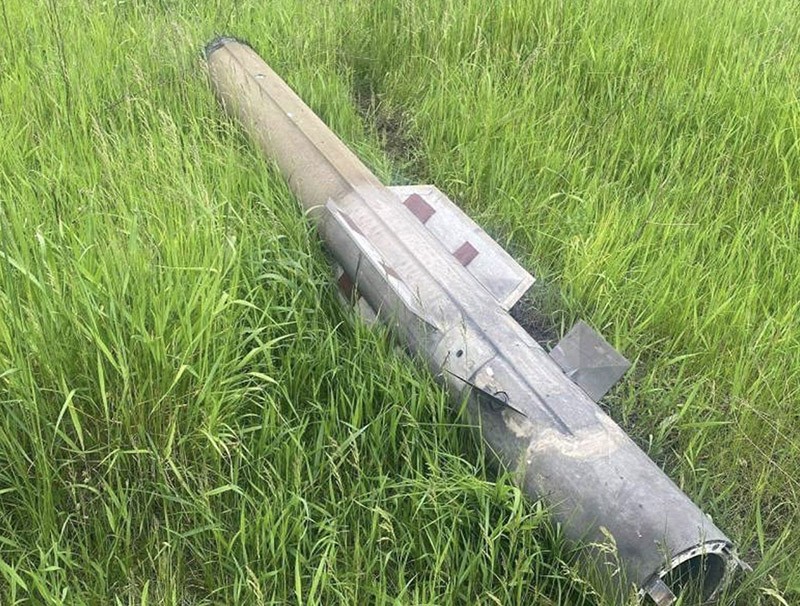 |
| One of the MIM-104 missiles that fell in Kiev. (Source: Telegram / BMPD) |
As for the radar station, Ukraine received the AN/MPQ-65. This is a radar station designed for long-term operation at one location. The station has an electronic scanning capability that monitors the situation in an area of 90° in azimuth and from +1° to +83° in rotation. To be able to observe the entire terrain, four such radars are needed. The AN/MPQ-65 is capable of detecting large-sized air targets at a distance of up to 180-200 km, tactical aircraft up to 130-150 km. Ballistic targets, such as warheads of operational-tactical missiles, are tracked from a distance of approximately 70 km. The maximum target speed is more than 2 km/s, the number of simultaneously tracked targets can be up to 125.
The Patriot missiles are the MIM-104 PAC-2 in the GEM (Guidance Enhanced Missile) variants that have been delivered to Ukraine. They were developed in the 1990s and 2000s and incorporate state-of-the-art technologies and battlefield experience.
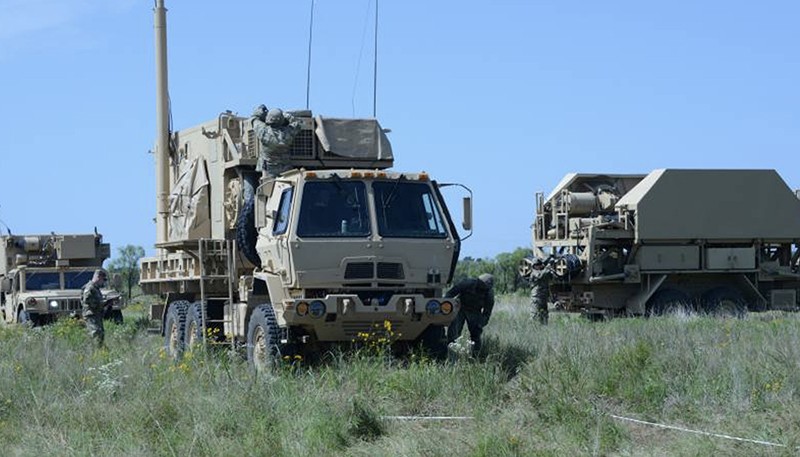 |
| Patriot PAC-2 air defense system during deployment. |
The MIM-104D GEM is approximately 5.3 m long and 410 mm in diameter; it weighs approximately 910 kg. A 91 kg high explosive fragmentation warhead is used. The GEM family differs from previous missiles in that the semi-active seeker has been improved and optimized for engaging ballistic targets. The non-contact warhead has also been updated. The range for aerodynamic targets remains at 105 km, and for ballistic targets at 20 km.
Ukraine also received the MIM-104E GEM and the GEM-C and GEM-T missiles, which are improvements on the MIM-104D. Missiles with the letter “C” have a semi-active radar seeker with increased sensitivity and jamming resistance, which allows them to more effectively detect and track cruise missiles and other complex targets. In turn, the GEM-T missile is designed to engage ballistic targets.
There is information about the delivery of MIM-104F PAC-3 missiles, designed only to intercept ballistic targets. The PAC-3 is smaller, approximately 5 m in length and 254 mm in diameter, thanks to which a standard-sized launcher can accommodate four missiles at once. Weight - 316 kg. To improve maneuverability, a small engine block is located in the front of the missile body. The missile has an active radar seeker and is designed to directly hit the target. Destruction is carried out by a 24 kg fragmentation warhead with pre-made submunitions. The interception range is 20 km, the interception altitude is up to 20 km.
The Patriot battery consists of eight M901/902/903 launchers mounted on semi-trailers. Missile launch is performed from an inclined position with the direction turned towards the target.
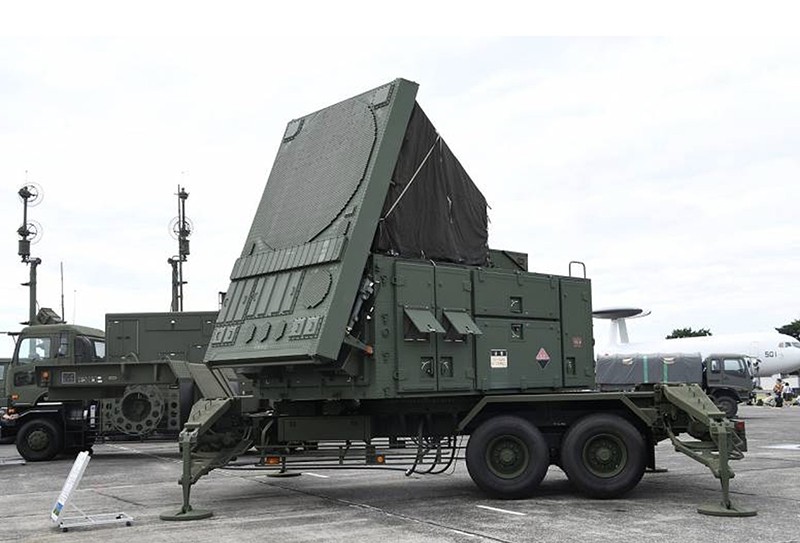 |
| AN/MPQ-65 Radar Station. (Source: Wikimedia Commons) |
The upgraded PAC-3 MSE (Missile Segment Enhancement) missile was developed in the 2000s. It is slightly longer than the basic MIM-104F, the missile body diameter increased to 290 mm, allowing it to attack aerodynamic targets at a distance of 100 km or ballistic targets from 30 km. The maximum interception altitude is 36 km. The principles of targeting and intercepting targets remain unchanged.
Results on the battlefield in Ukraine
According to the developers and manufacturers, the Patriot air defense system in various variants is capable of detecting and attacking aerodynamic and ballistic targets at various ranges and altitudes. The system has been upgraded several times, as a result of which its combat and technical characteristics have increased, as well as new modes and capabilities have appeared.
During the current hostilities in Ukraine, the American Patriot complex had the opportunity to demonstrate its capabilities in countering advanced Russian aerospace forces. Ukraine and its foreign partners expect that two battalions of such complexes will be able to protect important facilities in Kiev against Russian aircraft, missiles and UAVs.
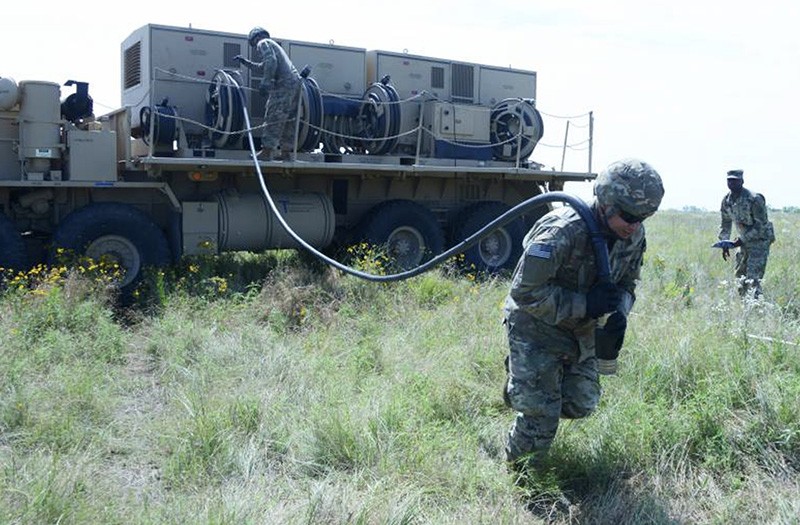 |
| EPP mobile diesel generating station. (Source: US Department of Defense) |
In fact, the Patriot air defense systems protecting Kiev have not been able to completely stop conventional attacks by cruise and ballistic missiles, as well as drones, let alone hypersonic missiles. According to the Military Watch Magazine portal, 32 Patriot missiles (worth $ 96 million) were launched to destroy the Russian Kinzhal (Dagger) hypersonic missile on May 19, 2023, but failed.
The Russian Defense Ministry said that the speed of Kinzhal exceeds the operational limits of Western air defense systems, including Patriot. In addition, the anti-missile method implemented by Kinzhal in the final flight phase and the almost vertical dive towards the target eliminate the possibility of interception by air defense missile systems.
Russia also denied the information published by the US and Ukrainian press a few days ago that the Patriot had shot down five Kinzhal missiles, calling the information “more of a dream than a reality”. Moreover, three days earlier, one of Russia’s Kinzhal (Dagger) hypersonic missiles destroyed five launchers of a Patriot complex in May 2023. This information was confirmed by both sides, but the US said that the damage was not serious and could be restored in Ukraine.
The failure of Patriot to meet expectations in Ukraine can be explained by several reasons. It is possible that the insufficient level of preparation and inappropriate deployment locations prevented the use of Patriot in theory, even though the latest complexes were delivered.
However, the decisive factor lies in the offensive capabilities of the Russian military. The Patriot air defense system is the basic model of its kind in the US Army, so Russia has always considered it a typical threat and target for air strikes. A range of strike weapons has been developed taking into account such systems of a potential adversary, including modifications and improvements to the Patriot. As a result, the Russian armed forces have a wide range of weapons and strike systems capable of overcoming US air defenses and hitting designated targets. Now the United States, as well as its NATO allies, will have to improve their Patriot systems again based on real combat experience in Ukraine.
Source




![[Photo] Unique folk games at Chuong Village Festival](https://vstatic.vietnam.vn/vietnam/resource/IMAGE/2025/4/10/cff805a06fdd443b9474c017f98075a4)

![[Photo] Phuc Tho mulberry season – Sweet fruit from green agriculture](https://vstatic.vietnam.vn/vietnam/resource/IMAGE/2025/4/10/1710a51d63c84a5a92de1b9b4caaf3e5)
![[Photo] Prime Minister Pham Minh Chinh chairs meeting to discuss tax solutions for Vietnam's import and export goods](https://vstatic.vietnam.vn/vietnam/resource/IMAGE/2025/4/10/19b9ed81ca2940b79fb8a0b9ccef539a)


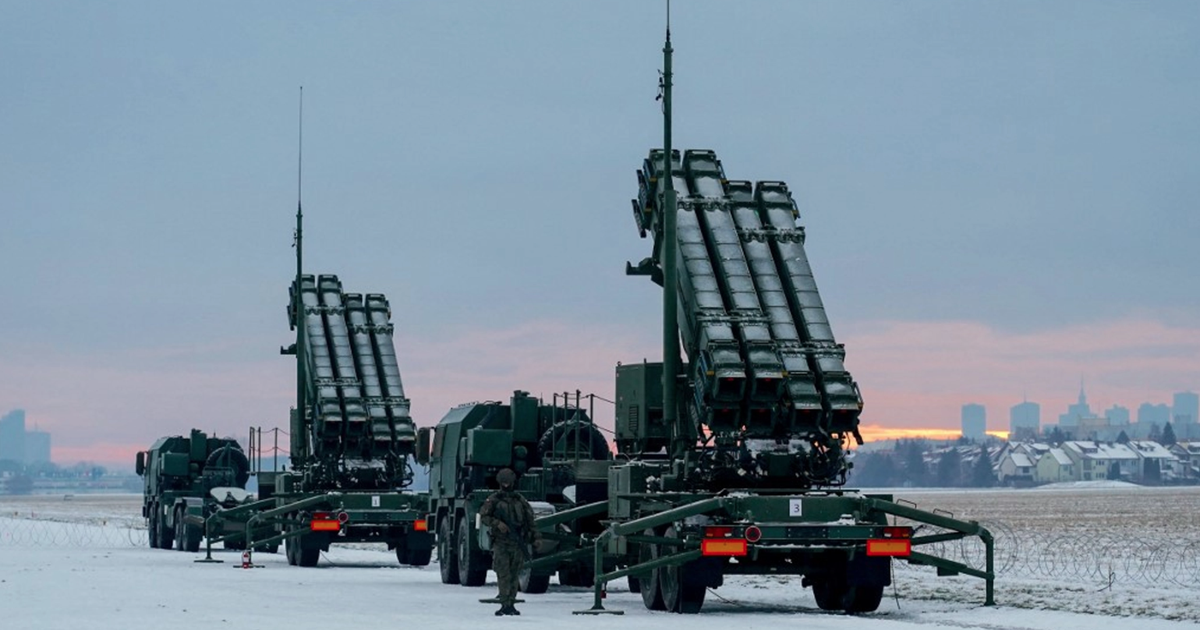

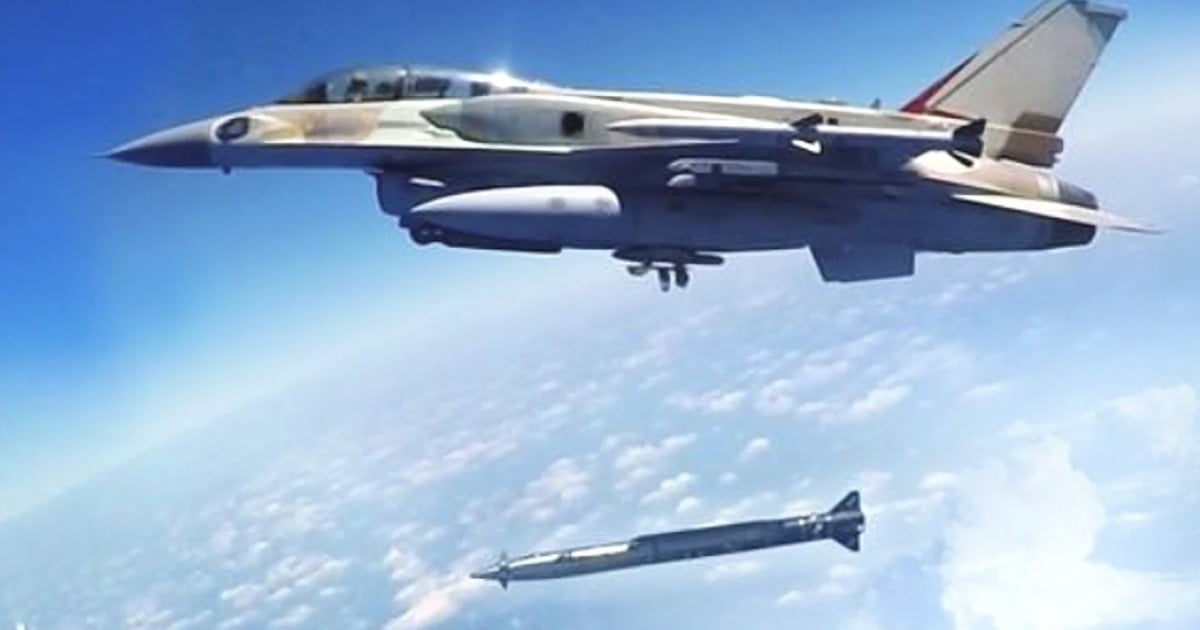
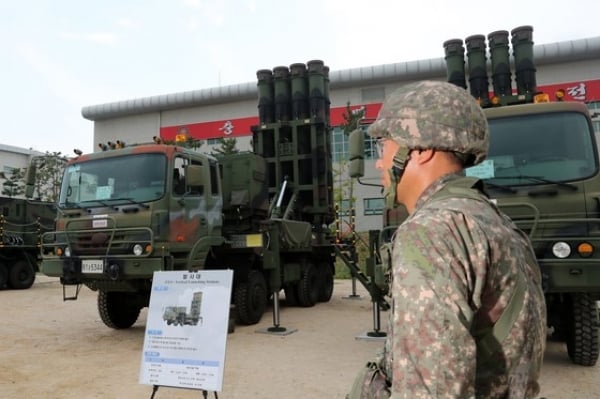
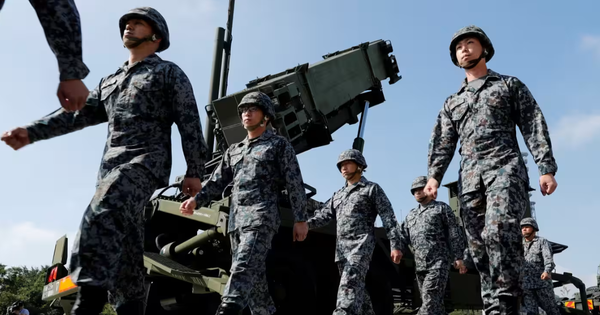
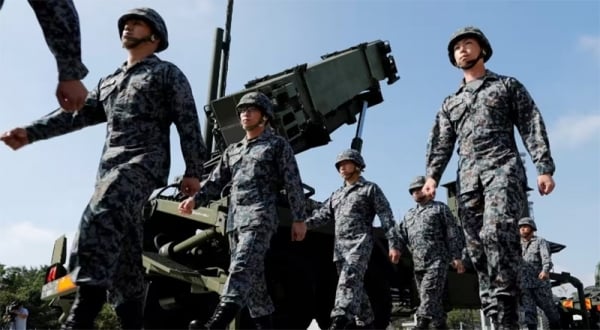












































































Comment (0)